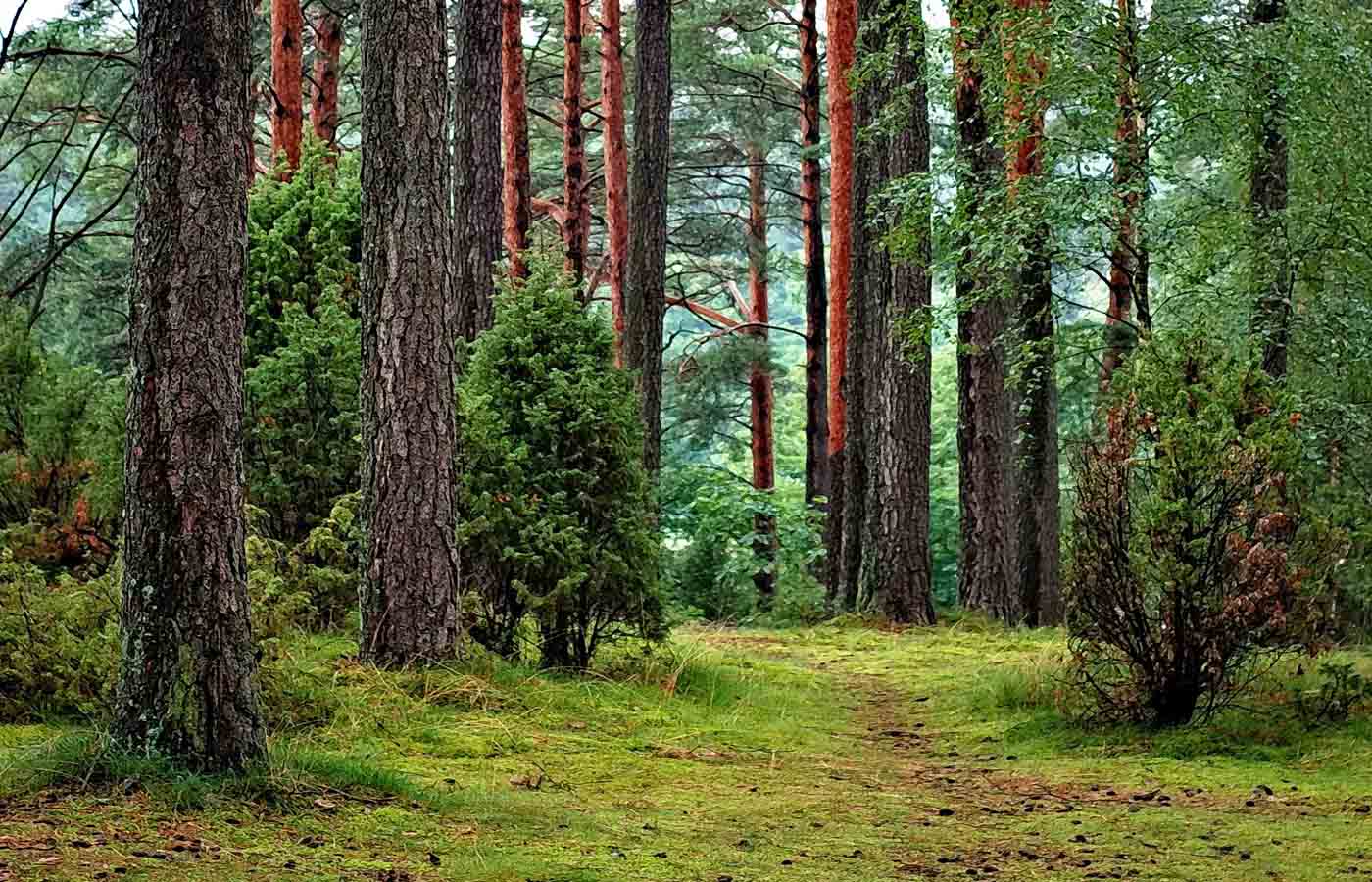There’s been a term out there floating around the last couple of years. It is called forest bathing. It seems like an opportune time to be reminded that some of the best medicine in the world is absolutely free. The forest bathing idea seems increasingly important as more and more people are spending the majority of their time indoors – some estimates indicate that the average American spends more than 90-percent of their time inside. Oh my goodness. But you know, we have senses, and what’s the point of having senses if we are not using them.
A walk in the woods seems to act as a protective buffer against experiencing the blues, or something more severe and akin to depression or anxiety. Doctors around the world are now writing “nature prescriptions”, that includes getting outdoors. This simple measure is effective at mitigating stress by lowering cortisol levels and blood pressure, and lowers the risk of heart disease and stroke. Not to mention the boost in mood, concentration, and mental focus – all of this as a byproduct from taking a short walk down a forest path.
There are even calendars out there that list recommendations for getting outdoors by region and by the month – what’s best to see and do at a particular time of year – if you’re lacking any ideas – all geared towards getting you out that front door. One of the greatest things about taking a walk in the woods is that it’s easy to do and creates an increase in connection with one’s surroundings, leading to improved physical and mental health.
Many of us probably already feel this intuitively in our lives; deep down we know that being in nature is inherently heeling. Going outside leaves us with a feeling of being refreshed, more alert, alive and happy. It is a good kind of brain washing: instead of tons of propaganda and television commercials flooding your mental space, your ears are free and clear to take in the songs of birds, the chirps of crickets, the gentle rustling of leaves in a slight breeze (what I call the detergent), and rushing water of a nearby spring (what I call the solvent) – it cleanses the mind.

In fact, this concept goes by many names: forest bathing, nature therapy. The Japanese term, Shinrin Yoku, was coined in 1982. At the time, Japan actually launched a national health care initiative that encouraged people to spend time outside and hang out around trees. In the case of Shinrin Yoku, it’s not recommended to engage in heavy physical activity, like a jog or a workout, but rather, you are encouraged to spend quiet moments or walk contemplatively in Greece space – that will suffice. It’s thought that in addition to providing fresh air, trees emit oils called phytoncides that aid our immune system; forests act like a balm, soothing to our well-being.
If you don’t like going it alone or the idea of taking a walk by yourself among the rank and file of the plant kingdom makes you nervous, then consider joining a local forest bathing club. Or better yet, create one if one doesn’t exist in your area. Of course, a gardening clubs or a visit to a botanical garden can fit the bill too.
Forest bathing doesn’t have to be an everyday thing either in order to benefit from the perks. Go somewhere once a month to spend a couple days in a natural setting and reap the rewards. It’s an opportunity to slow down, disconnect from the technology and stress triggers of modern life, and connect with a timeless part of the world.



